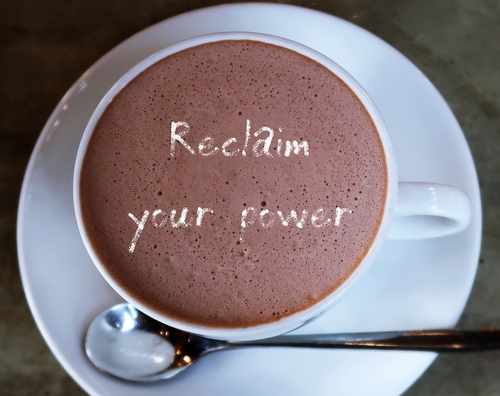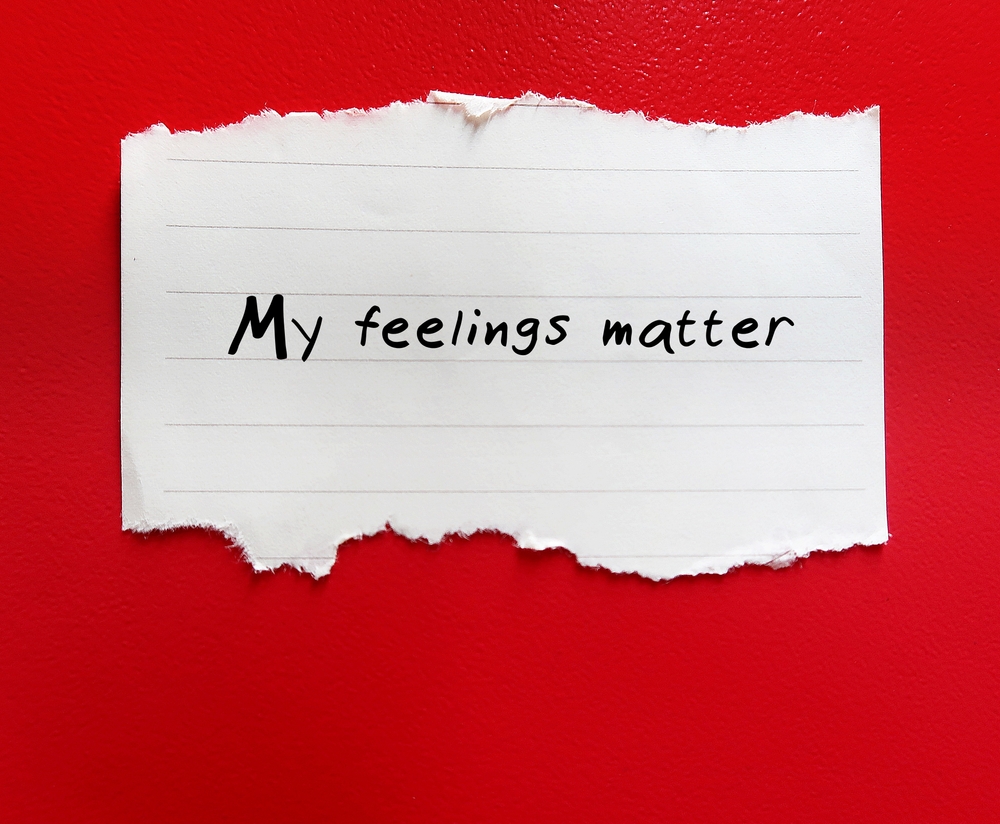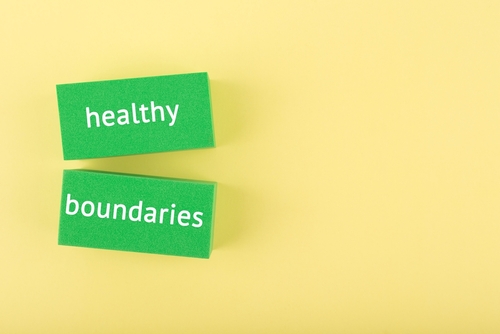Enabling behavior can sometimes be difficult to recognize. People typically think that they’re helping a loved one or protecting them from a serious consequences of their behavior. They might believe that if they keep the situation under control, they’ll be able to prevent serious harm to the people they love. However, in most cases, they’re actually doing them a great disservice by not clearing the path for self-improvement and self-sufficiency.
The definition of an enabler typically boils down to someone who inadvertently or knowingly facilitates harmful actions or behaviors toward a loved one that is disguised as “help.” Witnessing someone you deeply care about experiencing hardships or making poor choices can be challenging and painful for many individuals. On the other hand, out of a genuine desire to help and protect their partner, family member, or close friend from facing the consequences of their actions, they become entwined in one of the forms of enabling behavior.

What Are The Personality Traits Of An Enabler?
Enabling behavior often goes hand in hand with specific personality traits and characteristics. It’s important to remember that enablers act out of love and concern, but these behaviors can ultimately be harmful. Learning to recognize and understand these traits and tendencies can be instrumental in identifying individuals who might be prone to establishing enabling relationships.
These are some of the personality traits commonly associated with enablers:
- Compassion. Often driven by a deep sense of compassion, enablers want to help and protect loved ones from harm and go to great lengths to do so.
- Conflict avoidance. Some enablers tend to avoid conflict at all cost, fear confrontation, and believe that they can maintain peace and harmony by appeasing their loved ones.
- Low self-esteem. This is a frequent struggle for many enablers. They might feel that their worth is tied to their ability to support and protect others, and in time, this feeling becomes intertwined with their enabling behavior.
- Need for approval. Some enablers seek validation from their loved ones and go to great lengths to gain their approval.
- Guilt and obligation. These feelings are common among enablers. Some believe they’re responsible for their loved one’s well-being and feel guilty if they don’t help.
- Fear of abandonment. Enablers often fear their loved ones abandoning them if they don’t continue accommodating their needs. This fear drives them to maintain the status quo, even when they recognize the harm it causes.
- Difficulty with personal boundaries. Enablers struggle with setting and maintaining boundaries. They might repeatedly allow their loved ones to overstep them, leading to a toxic cycle of enabling behavior.
- Overly responsible. Some Individuals tend to take on more than their fair share of responsibilities, including those that need to be taken care of by the person they enable. This type of excessive sense of responsibility frequently leads to burnout and exhaustion.
- Lack of self-care. Enablers often neglect their own well-being in favor of caring for their loved ones. This type of self-sacrifice can lead to physical and emotional strain.
- Prone to deny or rationalize a loved one’s negative behaviors and make excuses or justifications to maintain the belief that they are helping.
How Do You Know If You Are Enabling Someone?
Enabling relationships often begin as an attempt to provide help and support to a struggling loved one. It can involve either direct or indirect support for their unhealthy behaviors. Frequently, these behaviors revolve around issues like alcohol or substance abuse, emotional manipulation tactics, engaging in unlawful actions, or even self-harm.
If you feel an overwhelming sense of responsibility for your loved one’s actions and emotions and devote considerable time and energy to covering up or concealing their shortcomings and mistakes, you’re probably enabling them to a certain extent. Particularly if you find yourself justifying these actions to yourself and others, feeling like the difficulties your loved one faces are unique.
You might feel your focus gradually shifting away from your own needs and personal well-being. Another telltale sign is fearing your loved one’s reaction if you confront them about their behavior, afraid they could withdraw their affection or approval if you stop covering for them.
In extreme cases, you might even find yourself running errands, completing chores, or doing their work, continuously depleting your energy and blaming them for consuming all your time and resources. Recognizing these signs and understanding the psychology behind enabling behavior is crucial for breaking this harmful cycle and beginning to work on fostering healthier relationships.
What Are The Signs Of Enabling Behavior?
Recognizing the most common signs of enabling behavior is the first step toward helping yourself and your loved one get started on a journey of personal growth and achieving healthier connections and relationships with others. Enabling can be quite subtle in some cases, which is why some people don’t even realize they’re doing it. While well-intentioned, enabling relationships can inadvertently perpetuate harm and hinder the development of everyone involved.
So, what does it mean to enable someone? Understanding these signs is vital to breaking free from the cycle of enabling and promoting positive change.
- Ignoring or tolerating negative behaviors. Enablers often turn a blind eye or downplay certain harmful actions or behaviors, even when they are aware of them.
- Providing financial assistance that enables harmful habits. Giving money or providing other resources that support destructive habits like substance abuse or excessive spending, for example.
- Covering up mistakes or consequences. Enablers tend to intervene to shield the enabled person from facing the consequences of their actions, preventing them from learning from their mistakes.
- Making excuses or justifications for the enabled person. Explaining or rationalizing the negative behaviors of their loved ones to protect them from criticism.
- Taking on responsibilities of the enabled person. This involves assuming tasks or duties that the enabled person needs to handle themselves, usually out of a desire to ease their burden.
- Not addressing the issue. Dodging conversations that address the underlying problems to maintain a façade of harmony.
- No boundaries. Enablers often fail to establish and enforce personal boundaries, compromising their well-being in the long run.
- Allowing personal happiness to be affected by the enabling relationship. Having one’s happiness and peace of mind depend on the behavior of the person they’re enabling.
- Feeling resentment toward the enabled person. Gradually, over time, enablers might grow to resent the person they are helping as they begin to recognize the negative impact of their enabling actions.
- Becoming stuck in a pattern of enabling. Enablers often find themselves trapped in a cycle of continued support without encouraging the enabled person to start taking responsibility or seek help for their actions.

Learn How To Manage An Enabling Relationship With PIVOT
Breaking the cycle of enabling often involves answering the question, “What does enabling mean?” and seeking expert support, learning how to set and enforce healthy boundaries, and fostering open communication within relationships. PIVOT’s relationship advocates can help you steer the relationship in a more constructive direction and turn enabling into empowering.
If you feel like you might benefit from the experiences of others dealing with similar issues, the peaceful environment of our Glass House retreat provides a perfect setting for guided workshops on self-improvement. By engaging in self-reflection and understanding your own behavior, you can work on improving relationships with others. This way, you can turn your care for someone into a truly loving and meaningful relationship.



















